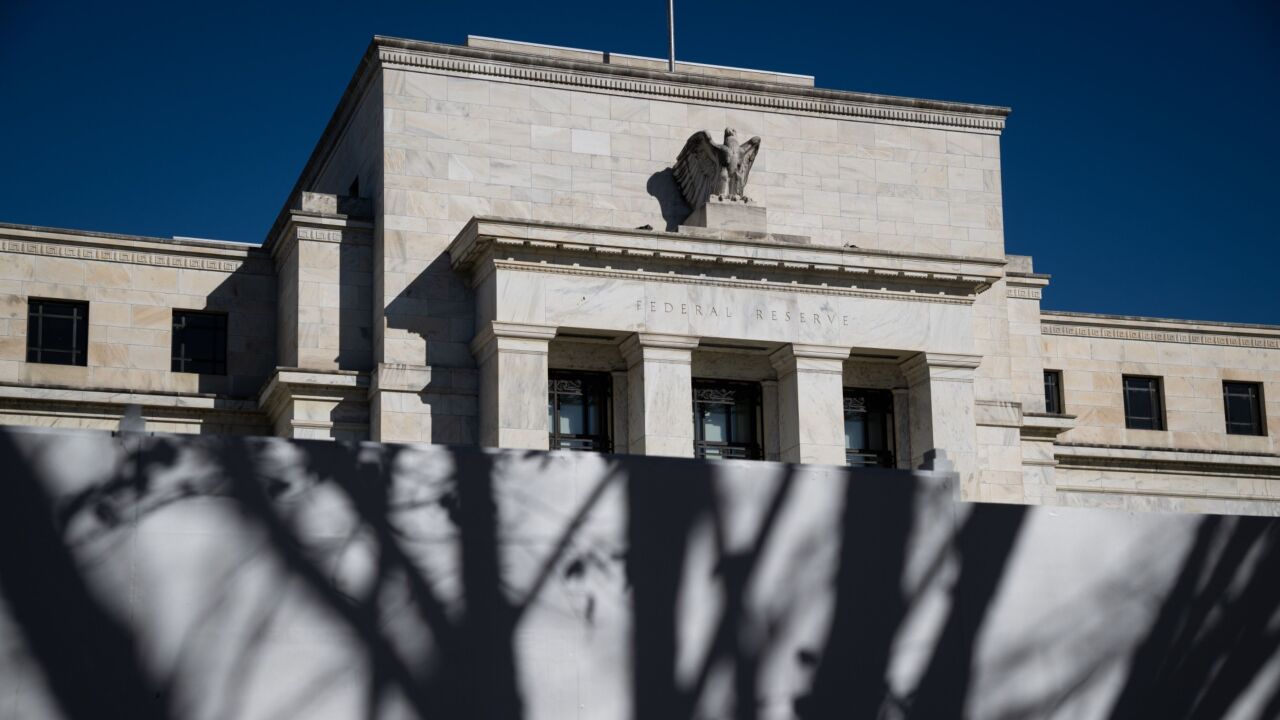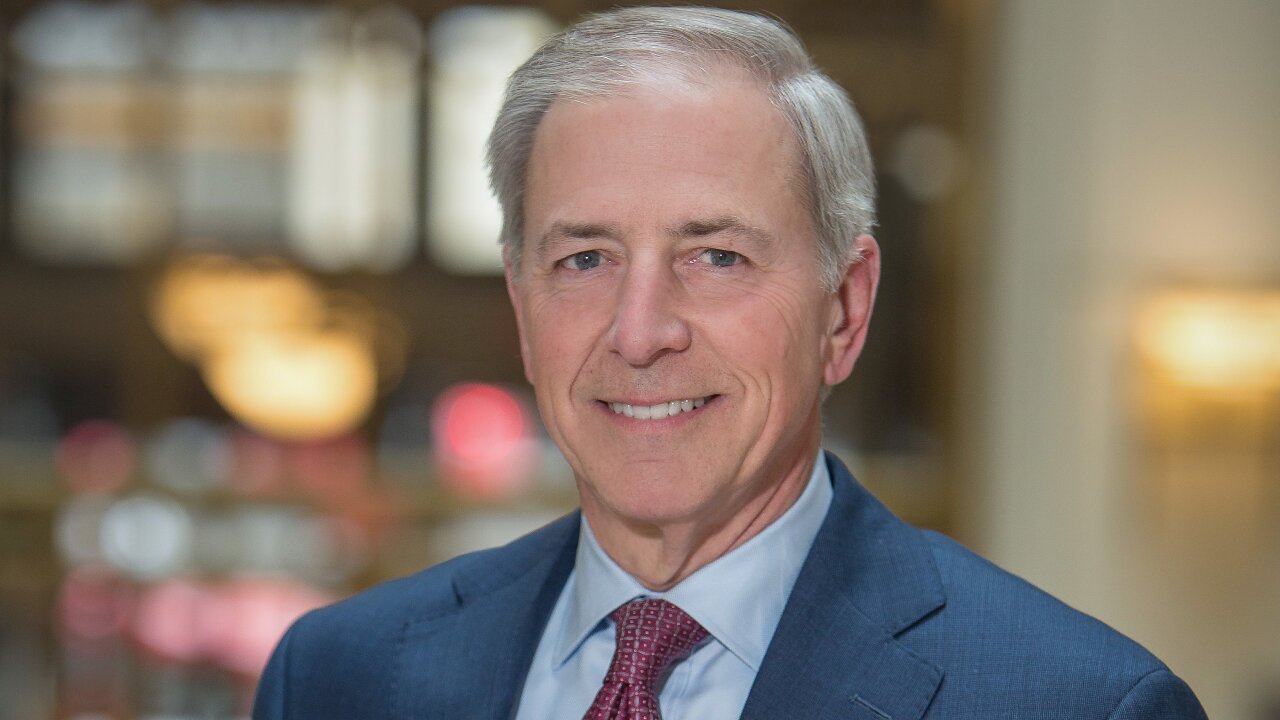Gonzalo Nunez opted to bank with Evo Banco because of the Spanish lender's low fees, including free withdrawals at its own cash machines and those of other lenders. His days of free ATM use are about to end.
Banco Santander SA and Banco Bilbao Vizcaya Argentaria SA, Spain's top two banks, said last month they'd start charging non-customers about 2 euros ($2.19) a time to use their ATMs, joining CaixaBank SA, the third-biggest bank, which began levying the fee in March.
"I don't think that is right it will be an extra expense," Nunez, 25, who works in a bank himself, said in an interview after he used a cash machine in central Madrid. "When you mess with people's wallets, they get angry."
With interest rates at record lows, banks are seeking new ways to bolster revenue from fees as they compete harder to lend in an economy that's emerging strongly from a five-year slump. Banks are seeking to extend cash machine fees at a time when anger at the fallout of Spain's financial crisis has already spurred criticism of their industry and helped to propel administrations backed by the anti-austerity party Podemos to power in Madrid and Barcelona.
El Mundo, a Spanish newspaper, ran an Aug. 1 editorial calling the cash machine charges an "intolerable abuse." "An advanced state like ours needs a solid banking sector," El Mundo wrote. "But it already has too many products that report enormous profits for it to squeeze people's wallets even more."
"They've decided it's a captive market here and they're going to take advantage of it," Javier Diaz-Gimenez, a Madrid-based economics professor at the University of Navarra's IESE business school, said by phone.
Santander Chief Executive Officer Jose Antonio Alvarez told analysts on July 30 that he was "not optimistic" about revenue growth because of "fierce competition" to lend to customers. Santander's net interest income from its Spanish unit fell 5 percent in the second quarter from the same period a year earlier.
CaixaBank on July 31 cut its net interest income growth guidance for 2015 to a range of 4 percent to 6 percent from a previous estimate of 7 percent to 9 percent after having reduced its bond holdings by more than 35 percent. Net interest income is the difference between what a bank charges for loans and pays on deposits.
"In the current low interest rate environment banks are looking for alternative sources of revenue," Carlos Joaquim Peixoto, an analyst at Banco BPI SA in Porto, Portugal, said by phone. "Their net interest income is under pressure due to rates and a lack of growth on lending volume."
CaixaBank CEO Gonzalo Gortazar said July 31 the bank was levying the charge after investing 500 million euros in upgrading its ATM network. BBVA's CEO Carlos Torres told reporters the same day the bank isn't trying to raise money with the charge but sees it as a way to coax non-clients to become customers.
Competition among banks to make higher-yielding loans, such as those to small and medium companies, is increasing. New loans to small and medium-sized companies were offering interest rates of 3.28 percent in June, down from 4.59 percent a year ago, according to the Bank of Spain. The volume of new loans is increasing, but the monthly flow is still 63 percent less than its peak in 2007, according to the central bank data.
To be sure, the practice of charging non-clients to use cash machines is widespread in other European countries such as Germany and Italy.
In Germany, clients of Deutsche Bank AG, Commerzbank AG, and the German units of UniCredit SpA can use the ATMs of those companies free of charge while customers of other banks currently pay 1.95 euros to use their machines.
Germany's savings banks generally charge consumers who bank with other lenders as much as 4.95 euros to withdraw cash while withdrawals elsewhere can cost as much as 10 euros, according to price comparison website vergleich.de. Italian customers also pay to withdraw money from ATMs if they not part of their bank's network.
Santander, BBVA and CaixaBank have a combined 21,800 cashpoints in Spain, or about 44 percent of the total. Other banks including Banco Sabadell SA and Banco Popular Espanol SA have said they are studying whether to introduce a similar fee for non-clients.
The banks haven't given estimates on how much they could raise with this new measure. Peixoto says he is not planning on including this as a relevant source of revenue. He expects many customers to look for alternatives so they don't end up paying the extra charge.
Smaller lenders such as Evo Banco, which is owned by buyout firm Apollo Global Management LLC, might be the most damaged by the decision by larger banks such as Santander. They have smaller branch networks and their customers rely on other lenders' cash machines to be able to take out money.
Evo Banco will return the 2-euro fees to clients that withdraw more than 120 euros, it has said. "I try to pay with my card as much as possible but, for sure, I need to also have some cash," Nunez said.





